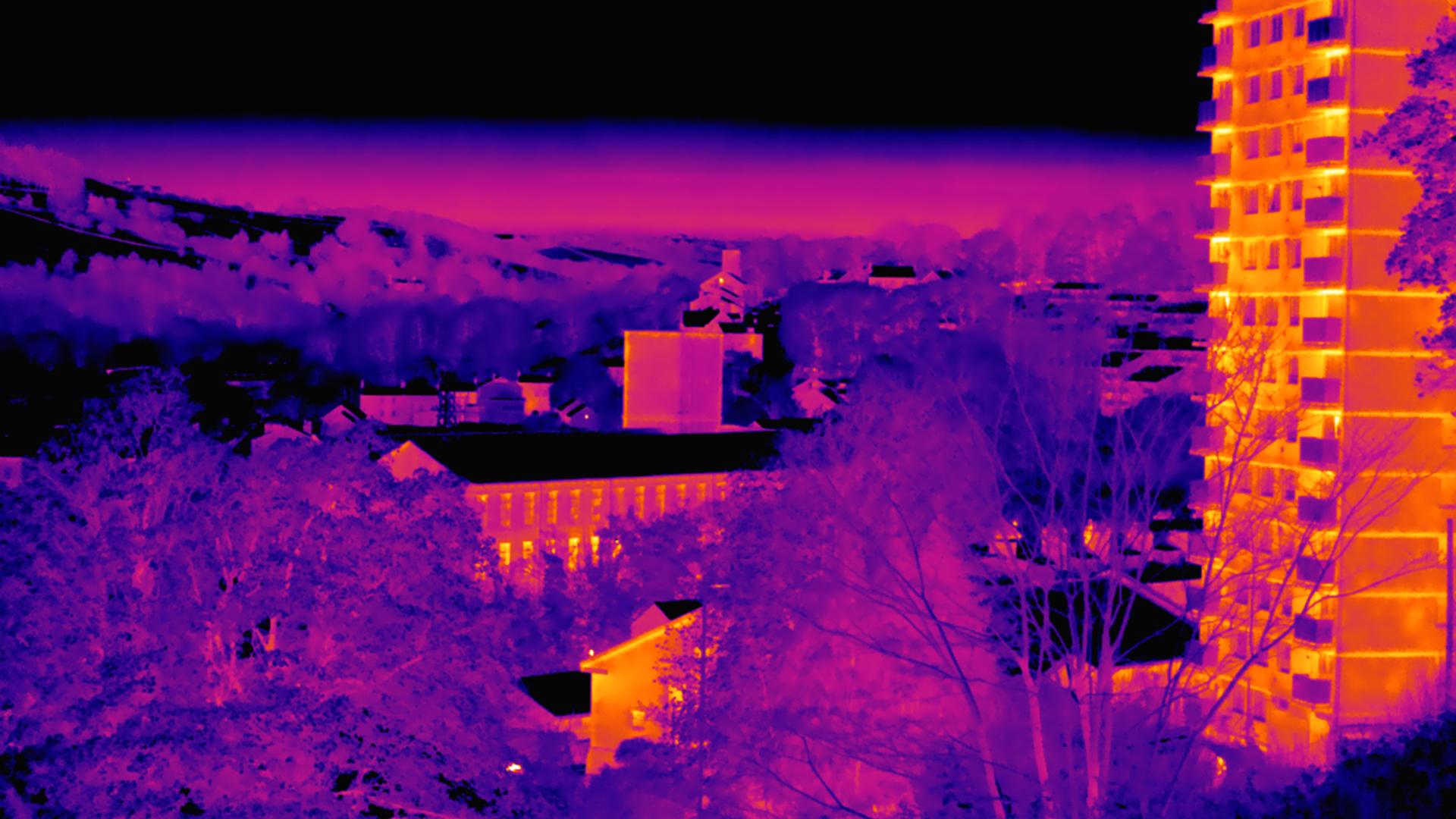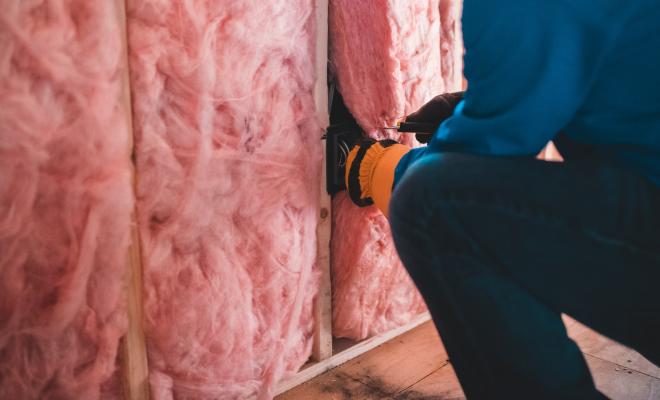08 Dec 2022
Energy prices are already sky-high, and from April 2023 they’ll be even higher, with the government recently announcing that the price cap will rise from £2,500 to £3,000. This means economic hardship is set to increase for many people. Even those on means-tested benefits who’ll receive additional financial support will still have to find an additional £1,000 for energy compared with 2021 (based on typical energy use).
Friends of the Earth has previously identified the almost 9,000 energy crisis hotspots in England and Wales – neighbourhoods (defined according to Lower Layer Super Output Areas (LSOAs)) where incomes are below average and energy consumption is higher than average. These remain the neighbourhoods that should be targeted for the roll-out of free, basic insulation (eg loft and cavity wall), using a cost-effective, council-coordinated, street-by-street approach.
But some of these hotspots will be in more of a crisis than others due to energy inefficiency. So, we’ve dug deeper into the data to identify which neighbourhoods within these hotspots have the lowest incomes and the least energy-efficient homes. Having very little money and living in a home that leaks heat readily is a toxic recipe for being cold, as well as the myriad illnesses that go along with it.
Using data at a neighbourhood level, we’ve identified and ranked a subset of the energy crisis hotspots, which we’re calling the “coldest neighbourhoods”. Those in the lowest income decile and with the worst housing conditions are at the top of the ranking. Those on the second lowest income decile are ranked below these, and so on. If we chose to rank neighbourhoods based on energy efficiency alone the rankings would be different, but it’s low energy efficiency coupled with low incomes that we’re particularly concerned about. The income data at neighbourhood level is from the English and Welsh indexes of multiple deprivation, and energy efficiency data is based on the Energy Performance Certificate database.
We’ve identified the 100 coldest neighbourhoods in each of the 9 English regions and in Wales. Within these regions, the following locations have the highest concentrations of coldest neighbourhoods: Birmingham, Blackpool, Bradford, Bristol, County Durham, Enfield, Luton, Rhonda Cynon Taf and Swale.
Who lives in the coldest neighbourhoods?
The proportion of people renting within these regional top 100s is high – 50% compared with the average in England and Wales, which is 36%. People renting are particularly at risk from the energy crisis because, unlike people paying mortgages, they can’t negotiate lower payments and therefore have less flexibility to deal with rising costs. They also need to rely on their landlord to fit energy efficiency measures.
The proportion of people of colour is also very high. The average across all the coldest neighbourhoods is 30%, and in 280 of these the proportion is over 50%, whereas the average in England and Wales is 14%. Friends of the Earth has also identified that people of colour are disproportionately harmed by unhealthy environments through our work on green space and air pollution, and within our broader energy crisis hotspot analysis.
There’s a lower-than-average proportion of elderly people (over 65) in these neighbourhoods – 12% compared with the average in England and Wales, which is 18.6%. Elderly people’s health is particularly at risk from cold homes, although as shown by the tragic case of Awaab Ishak, a toddler who died in a mould-infested flat, cold, damp homes are a risk for all ages. The proportion of under 18s across these coldest neighbourhoods is 27%, which is higher than the average of 21% in England and Wales.
What policies are needed?
The Autumn Statement presented by the Chancellor in November provided no new money in this parliamentary term for insulation, and only £6 billion spread over 3 years in the next term. This is despite the government’s own advisors, the Climate Change Committee, saying in a letter just the week before that the “next two years should be a period for a concerted push to improve rates of loft and cavity wall insulation, draught-proofing and installing modern tools to manage energy use (such as smart thermostats, thermostatic radiator controls and smart meters).”
Friends of the Earth is calling for:
- A rapid, street-by-street programme of installing basic insulation measures, funded by government and coordinated by councils. It should start in the energy crisis hotspots where the need is greatest, and in low-income areas at least it should be provided free of charge to mitigate affordability challenges for residents. This initial 2–3-year programme must be followed up with a programme of more extensive housing retrofits to ensure all homes are energy efficient by 2030, including fitting millions of homes with heat pumps. As well as incentives and regulations, these programmes of basic insulation and more extensive retrofits will require government investment averaging around £8 billion per year.
- Additional, targeted financial support for low-income households struggling to afford their energy bills. The support provided in the Autumn Statement is welcome but insufficient, particularly as 40% of people in poverty aren’t in receipt of means-tested benefits and therefore won’t receive the £900 being provided to those who are.
- Rapid expansion of renewable energy to lower the cost of electricity and provide an alternative to gas. Alongside this, energy market reform is needed to decouple the price of renewable energy from the price of more expensive electricity produced by gas. The government’s Autumn Statement confirmed that it’s looking at this, and it committed to working with consumer groups and industry to consider the best approach to consumer protection from April 2024, including options such as social tariffs. We welcome these moves.





